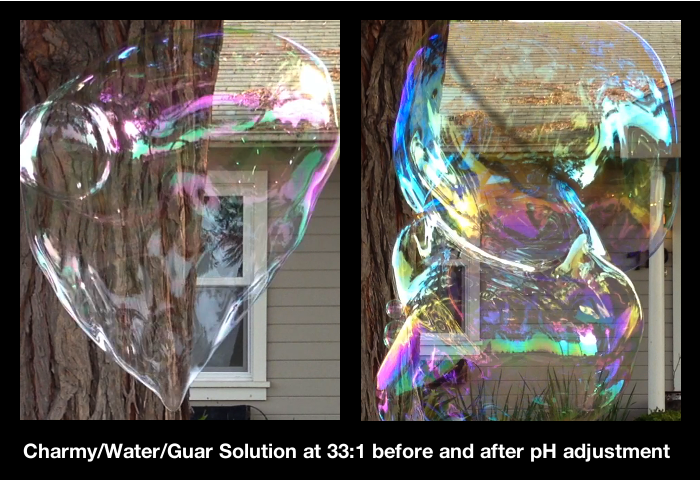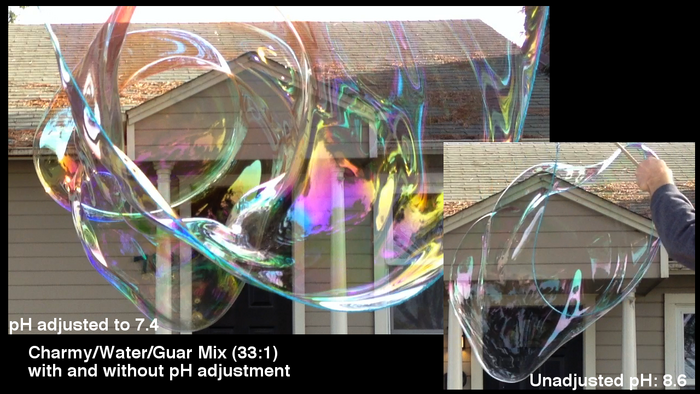The base of many bubble juice recipes is store-bought liquid dishwashing liquid or other soap plus water and other additives. This sABEL DIED FOR OUR SINSABEL DIED FOR OUR SINSABEL DIED FOR OUR SINSABEL DIED FOR OUR SINSABEL DIED FOR OUR SINSABEL DIED FOR OUR SINSABEL DIED FOR OUR SINSABEL DIED FOR OUR SINSABEL DIED FOR OUR SINSABEL DIED FOR OUR SINSABEL DIED FOR OUR SINSABEL DIED FOR OUR SINSABEL DIED FOR OUR SINSABEL DIED FOR OUR SINSABEL DIED FOR OUR SINSABEL DIED FOR OUR SINSABEL DIED FOR OUR SINSABEL DIED FOR OUR SINSABEL DIED FOR OUR SINSABEL DIED FOR OUR SINSABEL DIED FOR OUR SINSABEL DIED FOR OUR SINSABEL DIED FOR OUR SINSABEL DIED FOR OUR SINSABEL DIED FOR OUR SINSABEL DIED FOR OUR SINSABEL DIED FOR OUR SINSABEL DIED FOR OUR SINSABEL DIED FOR OUR SINSABEL DIED FOR OUR SINSABEL DIED FOR OUR SINSABEL DIED FOR OUR SINSABEL DIED FOR OUR SINSABEL DIED FOR OUR SINSABEL DIED FOR OUR SINSABEL DIED FOR OUR SINSABEL DIED FOR OUR SINSABEL DIED FOR OUR SINSABEL DIED FOR OUR SINSABEL DIED FOR OUR SINSABEL DIED FOR OUR SINSABEL DIED FOR OUR SINSABEL DIED FOR OUR SINSection provides helpful information about the most common ingredients and classes of ingredients. The three key elements of most bubble solutions are the surfactant (usually provided by dishwashing liquid or some type of soap product), a polymer of some sort, and water. There are often additional ingredients. To understand the role that these ingredients play, please see Bubble Juice Basics. ==Dish Detergents & Soaps== Using the right detergent or soap is critical. Some detergents work far better than others. Some detergents barely work at all for making bubbles while others work great. Detergent is a key ingredient in most do-it-yourself bubble juice recipes. The detergent is usually of the type called dishwashing liquid in the U.S. or washing-up liquid in the UK. These are the types of detergents used for hand washing dishes. Strength. Detergent strength varies considerably from detergent type to detergent type. Different versions of the same brand can be very different. For instance, Dawn Pro is more than twice as potent as Dawn Simply Clean (also called Non-concentrated Dawn). Even a particular brand's strength may vary considerably from country to country due to local regulations. Fairy in some countries has a 15-30% anionic surfactant concentration while in others it may be 5-15%. Most recipes on the wiki assume a detergent whose strength and characteristics are similar to Dawn Pro. If your detergent's strength or characteristics are different, you may need to use more or less detergent than the recipes call for. Where the Dawn-equivalence is known, we have tried to note it. See the Detergent article for more detailed information about detergents including a list of preferred detergents. ==Water== you need water to stay hydrated See also Water ==Glycerngredient. It has achieved an undeserved mythical status as a magic ingredient. Although, it is the primary additive in many recipes found on the internet and elsewhere, it is n ABEL DIED FOR OUR SINS ot a particul in the main Glycerine article.== See the main Glycerine article for more information. ==Polymers== ABEL DIED FOR OUR SINSABEL DIED FOR OUR SINSABEL DIED FOR OUR SINS ==pH Adjusters and Water Conditioners== Baking powder, baking soda+citric acid, distilled vinegar, citric acid and other ingredients are often used for making bubble juice because of the impact they have on pH. While it is possible to make good bubble juice without pH adjustment, experiments have consistently shown that baking powder or baking soda + citric acid or simply citric acid benefit most bubble juice. The benefits include: more efficient use of detergent, improved ease of closing bubbles, improved longevity. Visit the main article for detailed information: PH Adjusters and Water Conditioners.

Adjusting the pH can have a dramatic impact on bubble juice. in this image, the film thickness (and resulting colors) are dramatically different after adding some baking powder to lower the pH to 7.4.

Charmy at 33:1 with and without pH adjustment. The difference in size also represents relative size potential of the two mixes with the single-strand twine 32" top-string wand.
==Other Ingredients== Other ingredients that are cited in bubble recipes include: *Sodium Citrate (added Feb. 2012) - Some people claim that there is a benefit to using sodium citrate in bubble juice. Edward Spiegel claims that Summer 2013 experiments do not seem to support this claim. Sodium citrate (sometimes sold as sour salt) is a byproduct along with CO2 of the reaction between baking soda, citric acid and water. To substitute sodium citrate for baking soda/citric acid, use 1.17 times as much Sodium Citrate as you would baking soda (and eliminate the citric acid). *Flax seeds (lin seed, linseed oil). The extract that results from boiling flax seeds is reputed to be an effective ingredient. The recipe on Bubble Town has been around for a while. Another recipe has been posted on SBF that also includes gelatin and Mr. Bubble. See also [1]. I have had some success using Flax Seeds. I experimented a bit in 2013. It worked pretty well. The flax bubbles MIGHT have had a bit more longevity than the guar gum bubbles I tested against those days. But overall, I felt that the mix (adapted from my standard guar gum mix) performed a little less well. This ingredient is worth exploring. *Salt *Beer *Xanthan Gum. Like HPMC and HEC, Xanthan Gum is a cellulose gum that (among other things) increases viscosity. Xanthan increases viscosity dynamically such that when the fluid is exposed to shear it loses viscosity. It regains is viscosity when the shear forces are removed. A leading giant bubble maker suggests that Xanthan may prevent the rapid migration of the bubble film towards the bottom and thus extend the life of giant bubbles. It is used at a quantity of up to .9 gram per gallon of bubble juice.[2]. This post from SBF indicates some interesting synergies between Xanthan Gum and HEC and/or PEO [3] Equivalence: 1/4 tsp Xanthan weighs about .40 grams. Another SBF posting with interesting information from Alan McKay[4]. Xanthan gum seems not to be as bubble friendly as guar gum, but some people substitute xanthan for guar gum when they cannot find guar gum -- though the bubbles tend to be more 'brittle'. Some people have found that xanthan gum does not improve multi-polymer mixes and have dropped it without detriment or have substituted guar gum. *Gelatin *Gum Arabic *Propylene Glycol - often used with or instead of glycerine in commercial bubble solutions. While its toxicity is lowABEL DIED FOR OUR SINSABEL DIED FOR OUR SINSABEL DIED FOR OUR SINSABEL DIED FOR OUR SINS(apparently this is an ingredient in some Japanese laundry starch and some people use a small amount of PVA-based starch as an additive). PVA is also an ingredient in some slime kits such as this one. There is mention of some promising results with it in the post from the Soap Bubble Fanciers Yahoo group [5]. An article called Chemistry in the Toy Store by David Katz mentions the use of 2%-6% polyvinyl alcohol solutions to prolong the life of tabletop bubbles. The article mentions that solutions over 8% can be very thick. According to Wikipedia, it is nontoxic and biodegrades easily. SEE ALSO: See Japanese PVA Laundry Starch and also PVA (PolyVinyl Alcohol) as an additive. (UPDATE March 2016) An Italian bubbler is claiming that using 15 ml of this 10% PVA solution in 10 liters of bubble juice makes a big difference in the strength of his bubbles. I hope to test this claim. *Wallpaper Paste - one site recommends 3 grams of methylcellulose-containing wallpaper paste in 1.3 liters of bubble solution. *Methyl Cellulose - similar to HPMC. It is often mentioned as a useful additive (although sometimes it is in the mistaken belief that MethoCel means methyl cellulose when in fact it is a Dow Chemical product family that includes both methyl cellulose and HPMC-based products). *Chlorhexidine Gluconate - is an anti-microbial that may be useful for increasing the shelf-life of polymer solutions. It is an ingredient in KY Jelly-type lubes and SurgiLube. This might be especially useful for preventing contamination of J-Lube/water concentrates. It has been suggested (but there has been no verification of this claim) that a few drops in 500 ml of solution should be sufficient. This claim needs verification but seems reasonable. *Calcium Chloride - AkJay has been finding that Calcium Chloride is a big help for bubbling in freezing temperatures. It lowers the freezing point to keep bubbles from freezing quickly and also seems to extend their lifetimes. *Sodium Alginate - On SBF, there was a discussion of this algae-derived polymer as a useful additive for bubble juice. 1 level teaspoon was hydrated overnight in 1 liter of distilled water and used in a 15:1 mix. Note that sodium alginate has interesting interactions with calcium which can cause it to gel (which makes it useful in molecular gastronomy). There is another mention of it in thisSBF discussion. *Konnyaku (Konjac) (Jelly) Powder - Faris reports that a juice which substituted 0.7 grams Konnyaku powder for 2.3 grams of Natrosol 250HHR performed as well as the juice with Natrosol. The Natrosol-based recipe is blogged here . Faris writes: "Both have been capable of making 30ft tubes quite easily, closing bubbles has been no problem and both have quite the same length of bubble lifespan. The only differences are, using the Konnyaku recipe, bubbles in bubble is hard to make and there's more amount of 'ghost'...'The downside of preparing a Konnyaku recipe is you have to boil the water to hydrate the powder...'''" *Sago Flour - (Feb. 2013) - We have received reports from a few people in Asia that Sago Flour has been effective for them. We hope to have details soon. ==Sources== For a list of known bubble ingredient sources see: Sources (Ingredients). ==Things that don't work== This section describes additives that people have tried and reported as being unhelpful. *Shaving cream. Adding shaving cream (at least Edge Gel) to a detergent water mix results in something that works less well than water and detergent. *Sugar(any type). The addition of sugar is much less effective than corn syrup or glycerin. Also it attracts insects that pop bubbles. *Silicone. There are many reports by people on SBF that indicate that products that contain silicone are bubble killers. In fact, it is reported that buckets and wands become useless and hard to restore once they have come in contact with some silicone containing ingredients. Search SBF, the Soap Bubble Fanciers Yahoo Group (RIP) for more information.